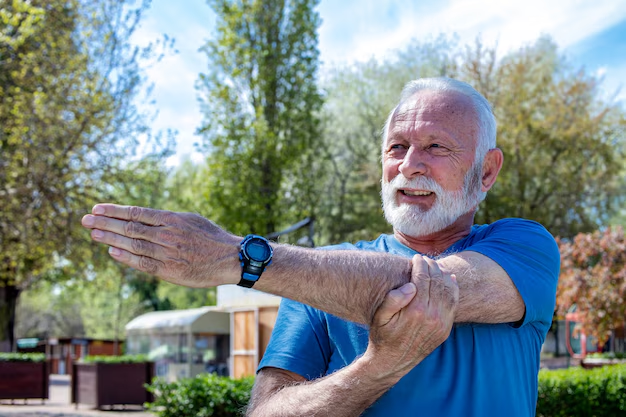Understanding Osteoporosis: What You Need to Know
Osteoporosis is often described as a "silent disease," primarily because it progresses without any noticeable symptoms until a fracture occurs. But what exactly is osteoporosis? At its core, osteoporosis is a medical condition characterized by weakened bones that are more prone to fracture. As our bones lose density and strength, they become fragile, increasing the risk of sudden and unexpected breaks.
What Causes Osteoporosis?
To understand osteoporosis, we need to delve into the process of bone remodeling. Bones are living tissue, constantly being broken down and rebuilt. However, as we age, the balance between bone resorption and formation can skew, leading to a reduction in bone density. Here are a few key factors that can contribute to osteoporosis:
- Hormonal Changes: A decrease in estrogen levels, especially during menopause, is a significant cause of bone density loss in women.
- Dietary Factors: Low calcium intake contributes to diminished bone density, early bone loss, and an increased risk of fractures.
- Lifestyle Choices: Sedentary lifestyle, excessive alcohol use, and smoking can all negatively affect bone health.
- Medical Conditions: Certain chronic diseases and medications can also contribute to the onset of osteoporosis.
Recognizable Symptoms and Diagnosis
Although osteoporosis might not present obvious symptoms at an early stage, there are some signs and risk factors to be mindful of:
- Back Pain: This can be caused by a fractured or collapsed vertebra.
- Loss of Height Over Time: A noticeable change in height can indicate vertebral fractures.
- A Bone Fracture That Occurs More Easily Than Expected: Such as from a minor fall or injury.
To diagnose osteoporosis, healthcare providers typically use a bone density test, known as a dual-energy x-ray absorptiometry (DEXA) scan. This quick and painless procedure is the most accurate way to measure bone density.
Managing and Preventing Osteoporosis
While osteoporosis cannot be entirely reversed, it can be managed effectively with the right strategies:
- Medication: Various medications can help strengthen bones. Your doctor may recommend bisphosphonates or other treatments.
- Diet and Nutrition: A diet rich in calcium and vitamin D supports bone health. Dairy products, green leafy vegetables, and fortified foods are excellent sources.
- Exercise: Weight-bearing and muscle-strengthening exercises are beneficial. Activities such as walking, jogging, and resistance training can boost bone strength.
- Lifestyle Modifications: Limiting alcohol consumption and quitting smoking are essential steps to maintaining healthy bones.
Exploring Financial Support for Osteoporosis Management
For many, managing osteoporosis can entail significant medical costs, which can be burdensome. Here are several programs and financial assistance options to consider:
- Medicare and Medicaid: These programs often cover bone density tests for qualifying individuals, easing the cost of diagnosis and treatment.
- Pharmaceutical Assistance Programs: Many pharmaceutical companies offer patient assistance programs for their medications, providing free or low-cost drugs.
- Nonprofit Organizations: Some nonprofits provide funding or resources to help manage medical expenses for osteoporosis patients.
- Disability Benefits: If osteoporosis significantly impacts your ability to work, you might qualify for disability benefits.
Financial Aid Options to Alleviate Costs
💊 Pharmaceutical Assistance Programs: Available through major drug manufacturers for prescription help.
🏥 Medicare & Medicaid: Covers essential osteoporosis diagnostics and treatments for eligible candidates.
🎗️ Nonprofit Organizations: Offers financial and resource support for osteoporosis management.
💼 Disability Benefits: May be available if osteoporosis limits your work abilities.
Navigating osteoporosis can be challenging, but with the proper resources and support systems at your disposal, you can effectively manage your bone health and maintain a fulfilling lifestyle. Understanding the disease, employing preventive strategies, and utilizing available financial assistance options are crucial in the journey to optimal bone health.

Related Topics
- a Nurse Is Caring For a Client Who Has Osteoporosis.
- a Percutaneous Is Performed To Treat Osteoporosis Related Compression Fractures
- Can Alcohol Cause Osteoporosis
- Can I Do Pilates If I Have Osteoporosis
- Can I Reverse Osteoporosis
- Can Men Get Osteoporosis
- Can Osteoporosis Affect Teeth
- Can Osteoporosis Be Cured
- Can Osteoporosis Be Painful
- Can Osteoporosis Be Reversed